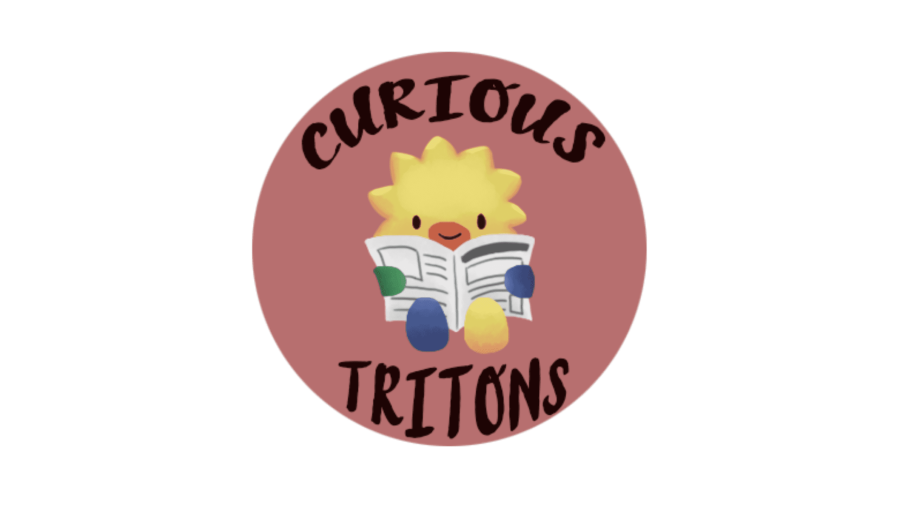Planning and enrolling in classes is arguably one of the most exciting and stress-inducing periods of every student’s quarter. Many Tritons view each quarter as a fresh start with new classes, professors, and opportunities. For others, however, whether or not they are able to grab a seat in a required class could determine if they graduate on time.
Some courses that meet major and college requirements are only offered at certain points in the academic year. For example, MMW 14 and 15 are required to graduate as an Eleanor Roosevelt College student, but they are only offered during Winter and Spring quarters, unless students want to take them over the summer. Likewise, many necessary courses within the Math and Engineering departments are also only offered on a limited, quarterly basis.
Additionally, due to the size of the campus, students have to take into consideration the distance between their classes’ locations when planning their schedule. The average passing period between lectures is about ten minutes. The ability to plan classes back-to-back can unfortunately all too often rely upon access to a bicycle or skateboard.
These dilemmas raise the question: How is the schedule of classes generated each quarter?
Unfortunately, there is no single, straightforward answer regarding how many courses or sections of each course are offered. Every academic department within UC San Diego is individually responsible for deciding which courses will be available in upcoming quarters.
“The process is very detailed and specific to each department,” a representative from the Roger Revelle College Academic Advising office commented to the UCSD Guardian.
The departments take into account details such as professor availability and graduation requirements when outlining any given quarter’s course selections. The size of classrooms largely determines the location of each course.
Departments then submit their course plans to the Scheduling Office, which oversees the process of organizing the master schedule of classes that is later listed online on WebReg for students. Each department must submit their course plans, including professors, building locations, and enrollment limits by a set deadline.
For instance, in order to plan the upcoming Spring Quarter, academic departments had to submit their initial course schedule paperwork by Oct. 24, 2019. The Scheduling Office reviewed each of the files, and after running the completed schedules by the departments one more time for any final revisions, the complete Spring 2020 quarter class schedule was finalized on Jan. 21, 2020. The class schedule was made available to students on Feb. 7.
Regarding the times of each class, the Scheduling Office has a timetable of standard teaching times for departments to reference. Departments whose courses align with these standard times are given priority with classroom reservations. All other classes who do not fit the standard teaching schedule will generally be moved to take place after 5 p.m.
If for some reason issues arise after the class schedule has been published online and the enrollment period has begun, the Scheduling Office has protocols in place to make revisions. These revisions include requesting new sections for courses, increasing or capping the amount of students in a course, cancelling courses, and changing professor assignments. Each of these change requests are the responsibility of the individual academic departments.
The Scheduling Office also has procedures for class schedule changes in the middle of the quarter. Examples of this include if a department wants to reserve classrooms beyond their usual schedule for review sessions or finals, or to add a new section for a course.
Those students interested in learning more about how the schedule of classes is organized should contact their individual major and college departments. To learn more about the scheduling office, visit their page at blink.ucsd.edu.
Artwork by Allyson Llacuna for the UCSD Guardian.















GHD SPORTS • Feb 27, 2020 at 2:45 am
The content of your article page is very good, I find the content quite good and helpful to me, thank you for